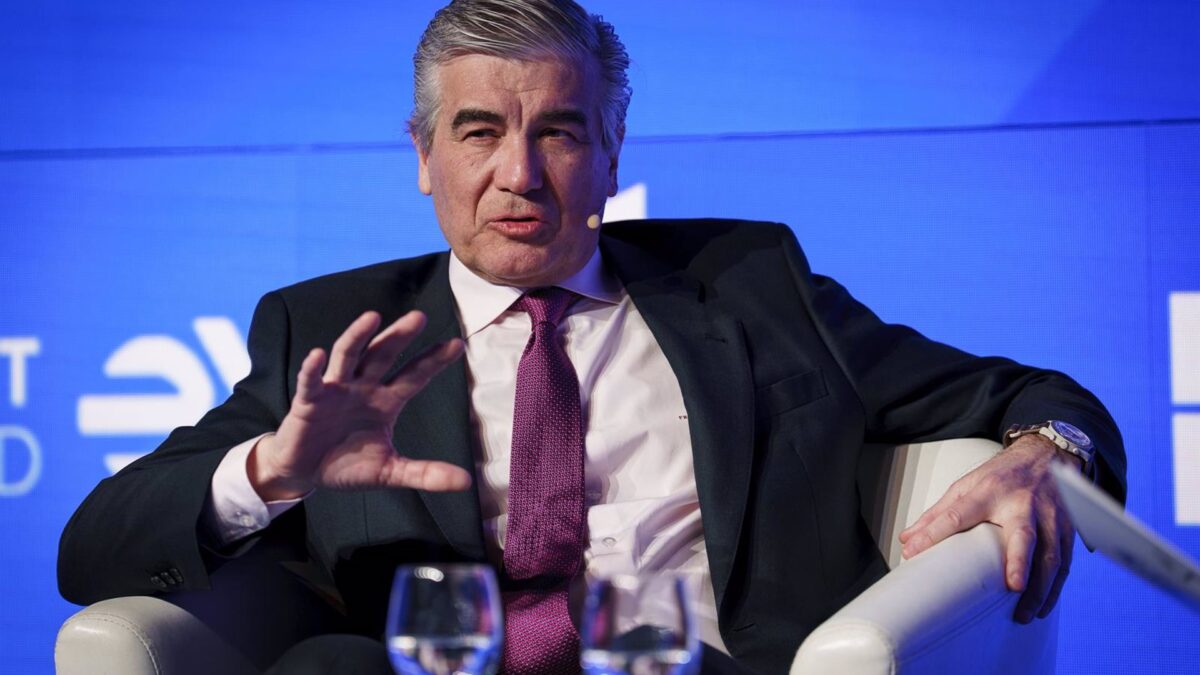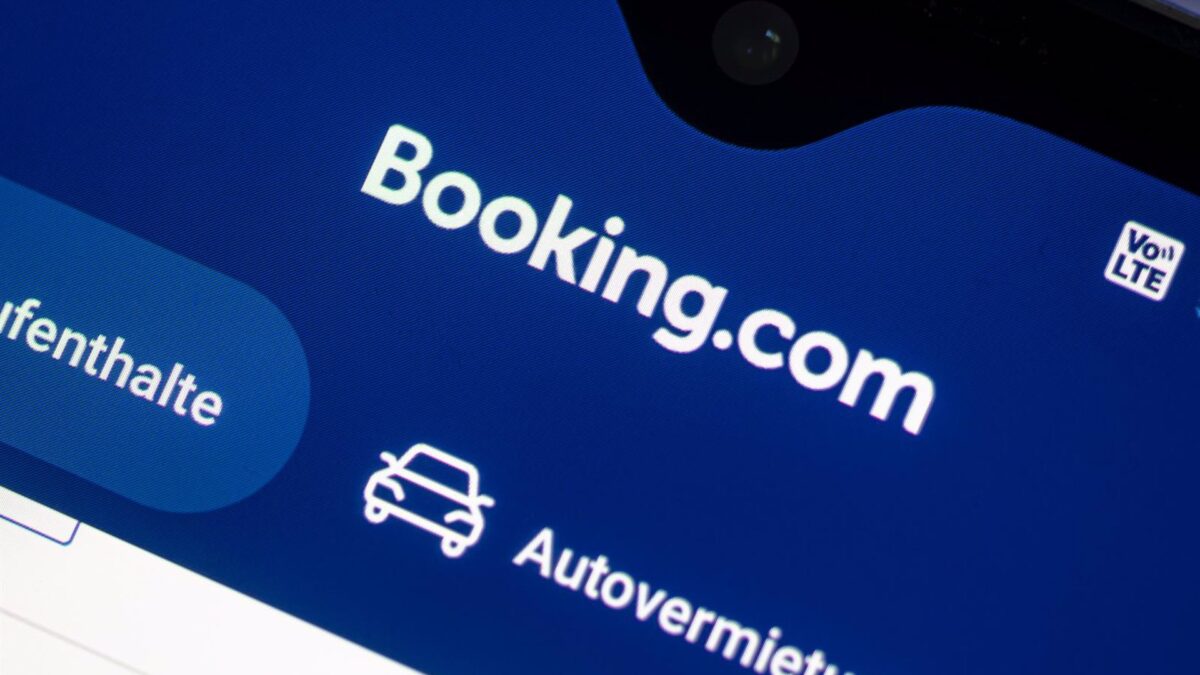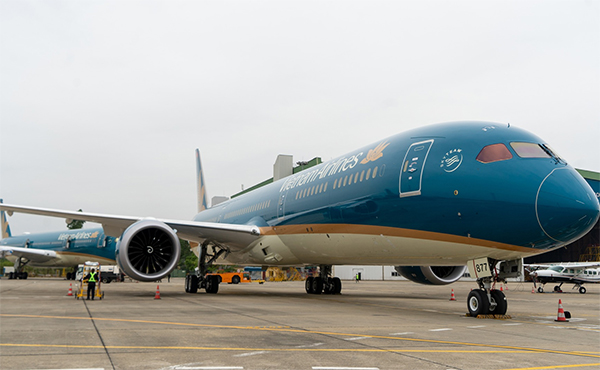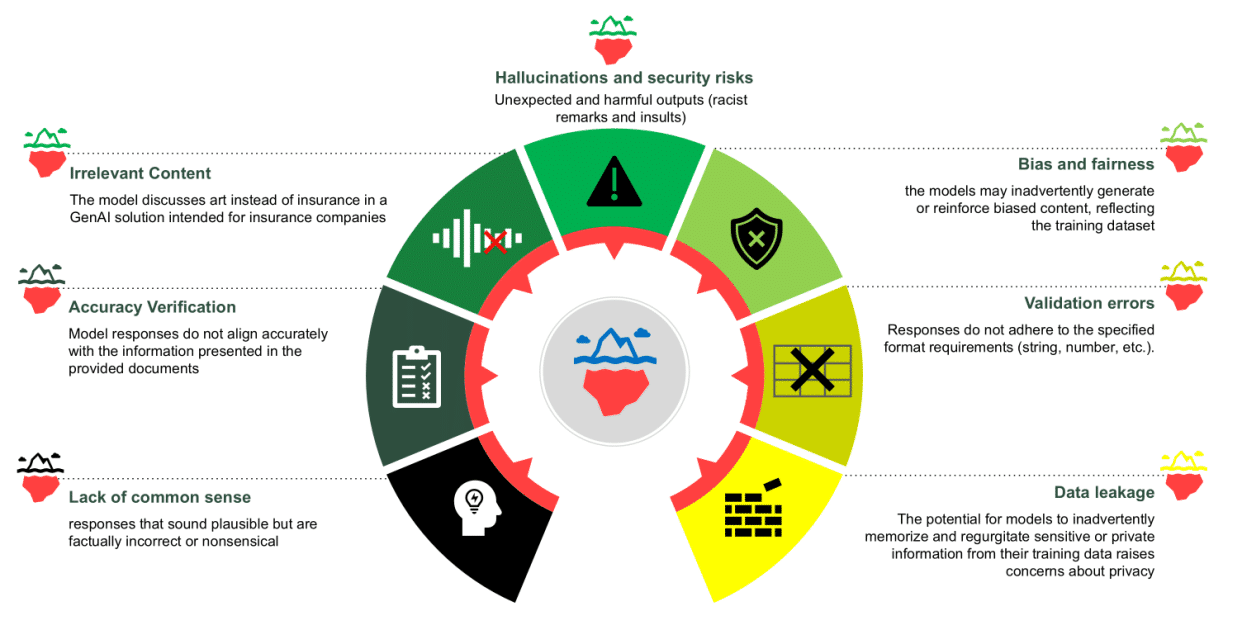UPS announces mass layoffs in the United States! What’s the reason?
United Parcel Service (UPS) has announced mass layoffs and the closure of dozens of facilities to cut costs
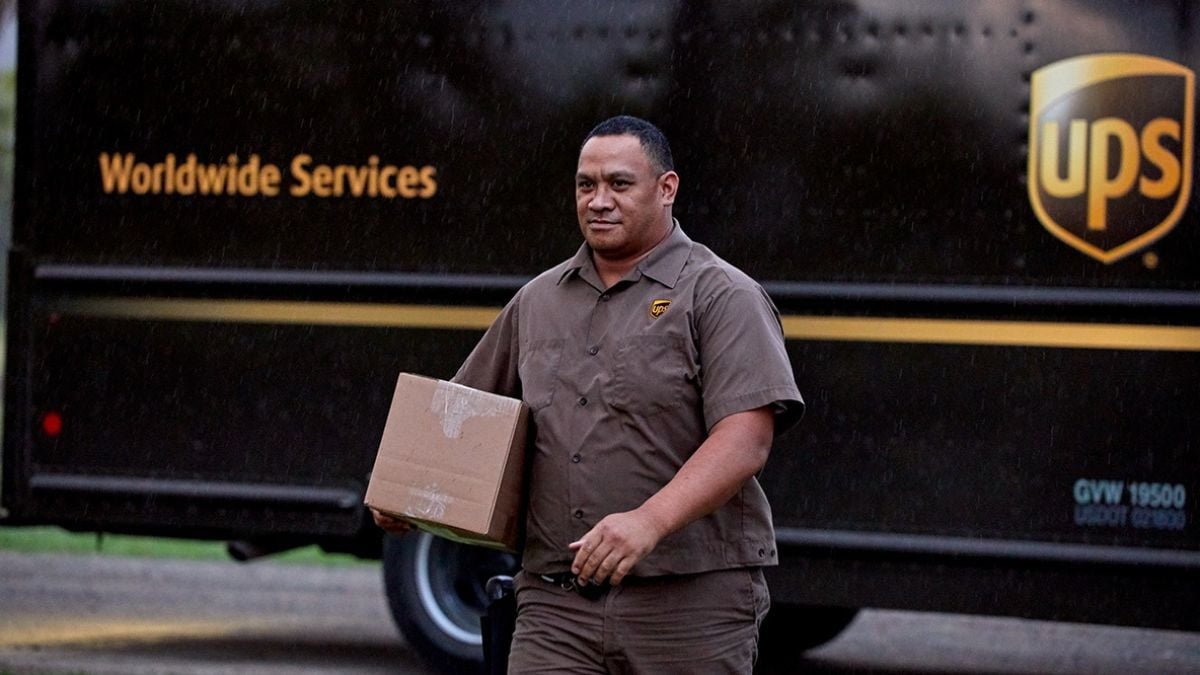

The recently imposed tariffs by U.S. President Donald Trump appear to already be taking a toll on various economic sectors, including package delivery companies like United Parcel Service (UPS), which has announced massive layoffs and the closure of dozens of facilities to cut costs. If you use this service, here’s what’s happening with the company.
How many workers will UPS lay off?
According to the company, the layoffs will affect 20,000 employees, and 73 locations will be shut down.
ALSO READ Burger King will give you 14 FREE sandwiches this week! Here’s how to take advantage of the offer
Why is UPS conducting mass layoffs?
The company is taking these steps to prepare for the impact of tariffs imposed by the Trump administration. Its largest client, Amazon.com—which accounted for 11.8% of UPS’s total revenue last year—has already reduced its shipping volume.
Additionally, UPS has been hit by a sharp decline in shipment volumes from China-based e-commerce platforms such as Temu and Shein. This drop follows the U.S. government’s decision to begin, on May 2, imposing tariffs on goods that were previously tax-exempt if valued under $800 per individual transaction.
UPS also reported that its total revenue for the first quarter fell to $21.5 billion. However, its U.S. domestic segment saw a 1.4% increase, reaching $14.46 billion. This growth was driven by a rise in air freight usage and improved revenue per piece, despite overall volume declines. Through these cost-cutting measures, UPS aims to save $3.5 billion this year. However, it expects to incur severance and lease termination costs ranging between $400 million and $600 million.
History of UPS
In 1907, two young entrepreneurs, Claude Ryan and Jim Casey, launched what would eventually become the world’s largest package delivery service. With just a $100 loan, they started the American Messenger Company from a Seattle basement.
The company began expanding in 1919 by opening operations in Oakland, California, and officially adopted the name United Parcel Service (UPS). That same year, UPS introduced its now-iconic brown delivery trucks, a color chosen to represent elegance, reliability, and professionalism.
In 1930, UPS expanded to the East Coast, setting up operations in New York City. As part of this strategic move, its corporate office was relocated from Los Angeles to East 38th Street in Manhattan. By 1953, UPS was operating as a common carrier, serving both residential and business clients in cities such as Chicago—its first market outside California. That year, it also relaunched its air delivery service, offering two-day shipping between major cities on both U.S. coasts.
In 1975, UPS became the first package delivery company to reach every address in the contiguous United States. That same year, it expanded internationally for the first time, offering services in Toronto, Canada. A decade later, in 1985, UPS’s Next Day Air service was available in all 48 contiguous states, Hawaii, and Puerto Rico, making it the first air network to achieve such reach. That year also marked the beginning of UPS’s intercontinental air service between the U.S. and Europe.
In 2001, UPS entered the retail shipping market by acquiring Mail Boxes Etc., Inc., then the world’s largest franchise network of retail shipping and postal service centers. Within just two years, nearly 3,000 U.S. locations were rebranded as The UPS Store, offering lower direct shipping rates via UPS.
What are tariffs?
Tariffs are taxes applied to products imported from foreign nations. This tax, paid to the government, is the responsibility of the company that brings the foreign goods into the country. However, some companies may choose to pass on all or part of this cost to their customers.
Why is Donald Trump imposing tariffs?
President Donald Trump has stated that tariffs are a key component of his economic strategy, as he seeks to promote manufacturing in the U.S., protect jobs, increase tax revenues, and stimulate economic growth.
Trump aims to revitalize and rebuild the U.S. manufacturing industry, which has lost many jobs over the past 40 years, largely due to the transfer of these jobs to countries with lower wages, such as Mexico or China. Additionally, the president believes that the U.S. is facing a significant trade deficit and that other nations are taking advantage of the opportunity to sell their products to U.S. consumers.



















